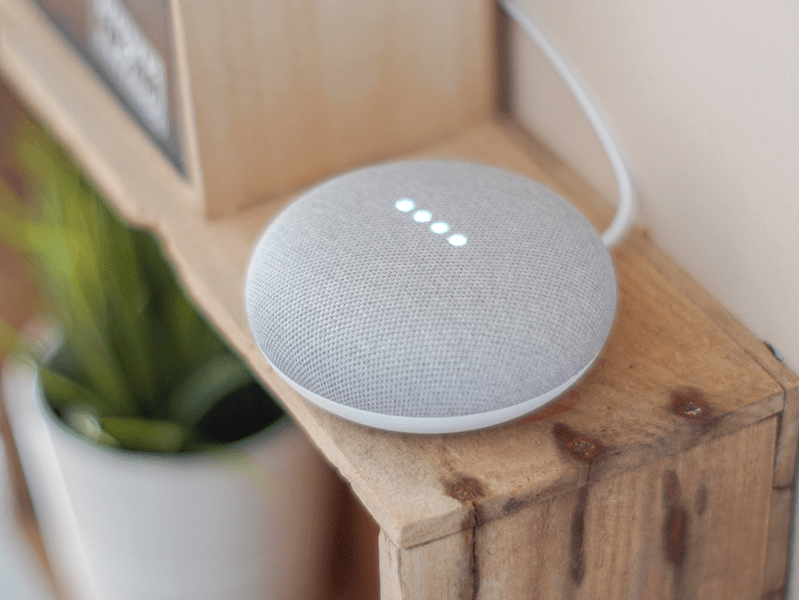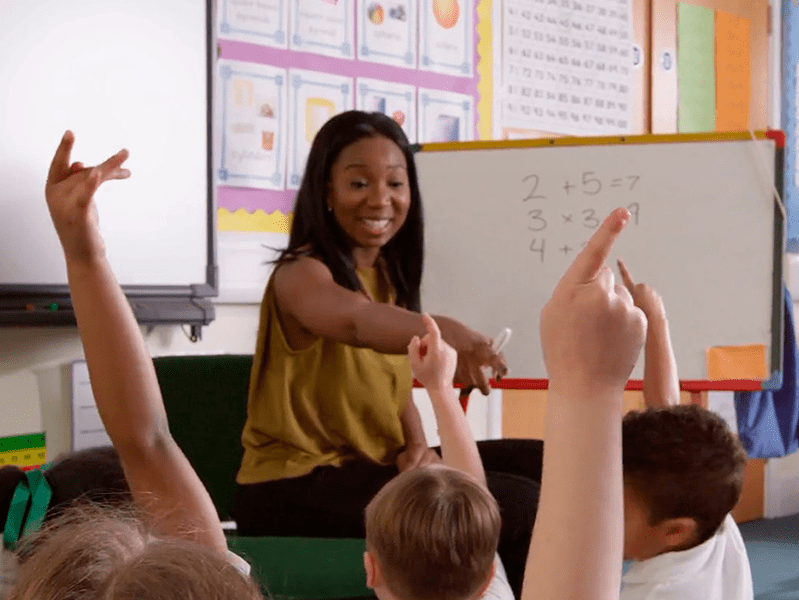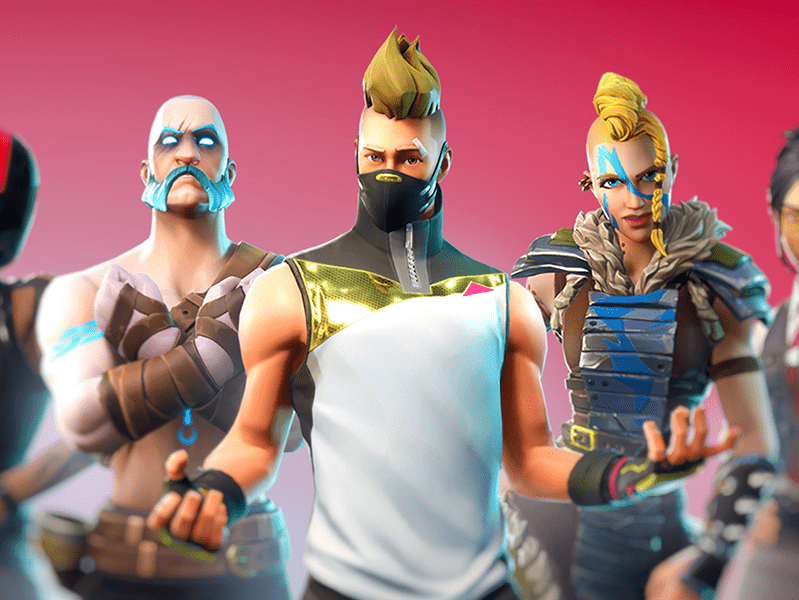Last Updated on 10th December 2021
“[The] daily routine [for my foster child] was a short walk [and] the rest of the day…was unlimited Fortnite in his room. He speaks of several attempts of strangers trying to contact him via the game.”
(Ineqe Safeguarding Group Digital Safeguarding Survey, 2020)
The world of gaming continues to evolve with 93% of children now playing games in the UK. The move of gaming online has seen gaming platforms absorb many features normally found on social media. In doing so they have transferred and created a new set of risks in gaming that were previously unique to social media.
Previously games could have been played offline, but most games and gaming consoles require an internet connection. This has created a whole new world of online risks.
In this blog, we discuss the risks of gaming and how you can address them, to help protect the children in your care from online harms.
Our upcoming webinars on Fortnite: Battle Royale, Call of Duty: Warzone, FIFA 20, Discord and Twitch will explain how you can keep children safer while playing online.
Gaming Risks
Contact with strangers
Most gaming takes place online in teams with peers and strangers. Users can often engage with strangers through chat functions or by using their microphone or camera.
Talking to strangers can expose young people to offensive or harmful language and in some cases malicious attempts at exploitation and grooming. This has changed from offline gameplay.
Top Tips:

Privacy issues
It’s important that children and young people in your care understand their right to privacy and the risks of revealing personally identifying information online. Disclosing information like where they live, what school or club they attend could make them identifiable. The use of an internet connection while gaming now means young people are open to new risks not found in offline games.
Top Tips:

Cyberbullying
Aside from the risk from strangers, young people can also experience bullying and harassment from their peers. Where gaming previously has limited functions for in-game communication with other players, this has now changed. Cyberbullying happens in gaming as it does in the world of social media. Combined with the competitive nature of games, this can produce a toxic experience for some young people where players can face bullying and harassment.
Top Tips:

In-app purchases
Consumer spending on digital gaming has more than doubled in the past 6 years.
Many games including Call of Duty: Warzone and Fortnite: Battle Royal are free to download. But once users begin gaming, they can feel pressured into paying to upgrade their weapons and accessories. In previous years, the entirety of a game was purchased on a physical disk. Now, games are downloaded alongside a seemingly endless choice of monetised add-ons accompanied by a stream of advertisements not previously found on offline games.
In some cases, users make purchases without knowing what they are buying. A ‘loot box’ is bought with real currency, but the contents are randomly generated. This can lead to repeated purchases and losses in attempts to collect the desired ‘loot’. MP’s and Children’s charities have called for changes in the law to regulate loot boxes under gambling laws.
Top Tips:

Harmful content
Harmful content can have detrimental impacts on young people and their development. It can include violence, sexualised imagery and the incitement of activities that can cause physical and emotional harm. This content may exist within the gameplay, but it can also come from other users and their behaviour.
It is thought that the regular consumption of extreme violent content may lead to ‘desensitisation’ where young people react less to violence. Where previous concerns have been about the content within games, the focus has shifted to the content young people may be exposed to from other players.
Top Tips:

Do you receive our Safeguarding Alerts?
Receive regular updates to help you safeguard children in a digital era.















